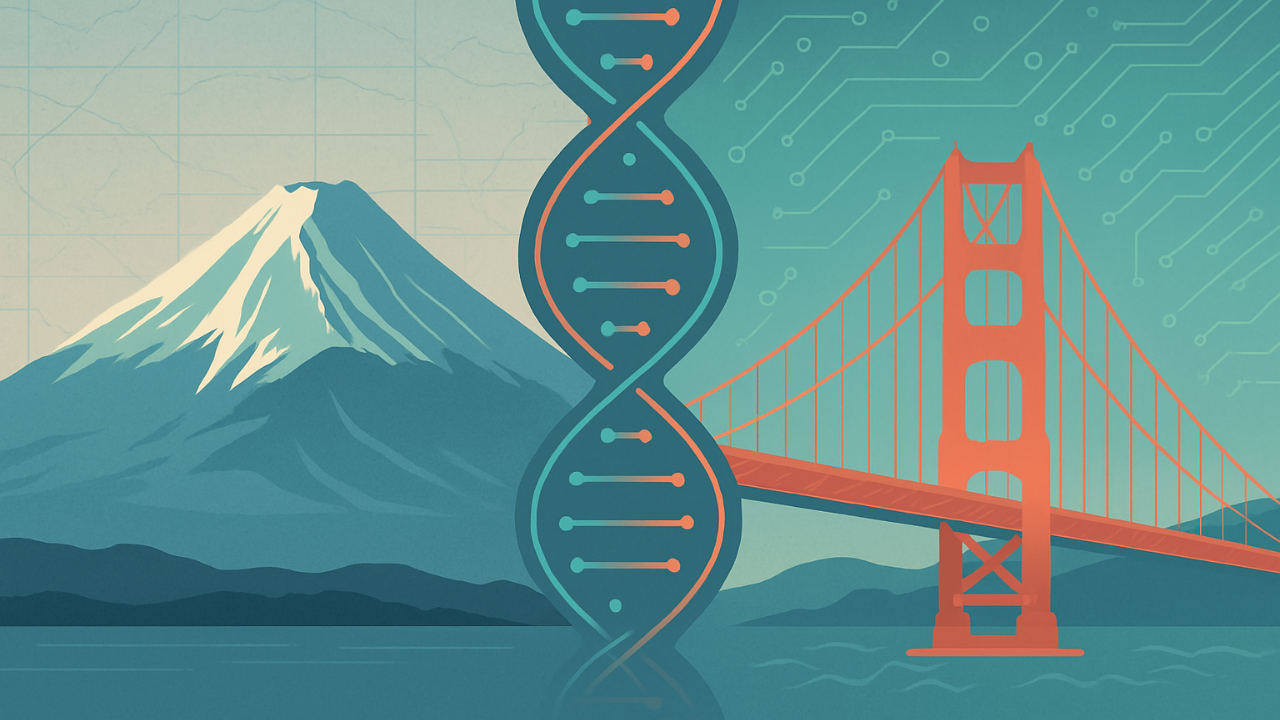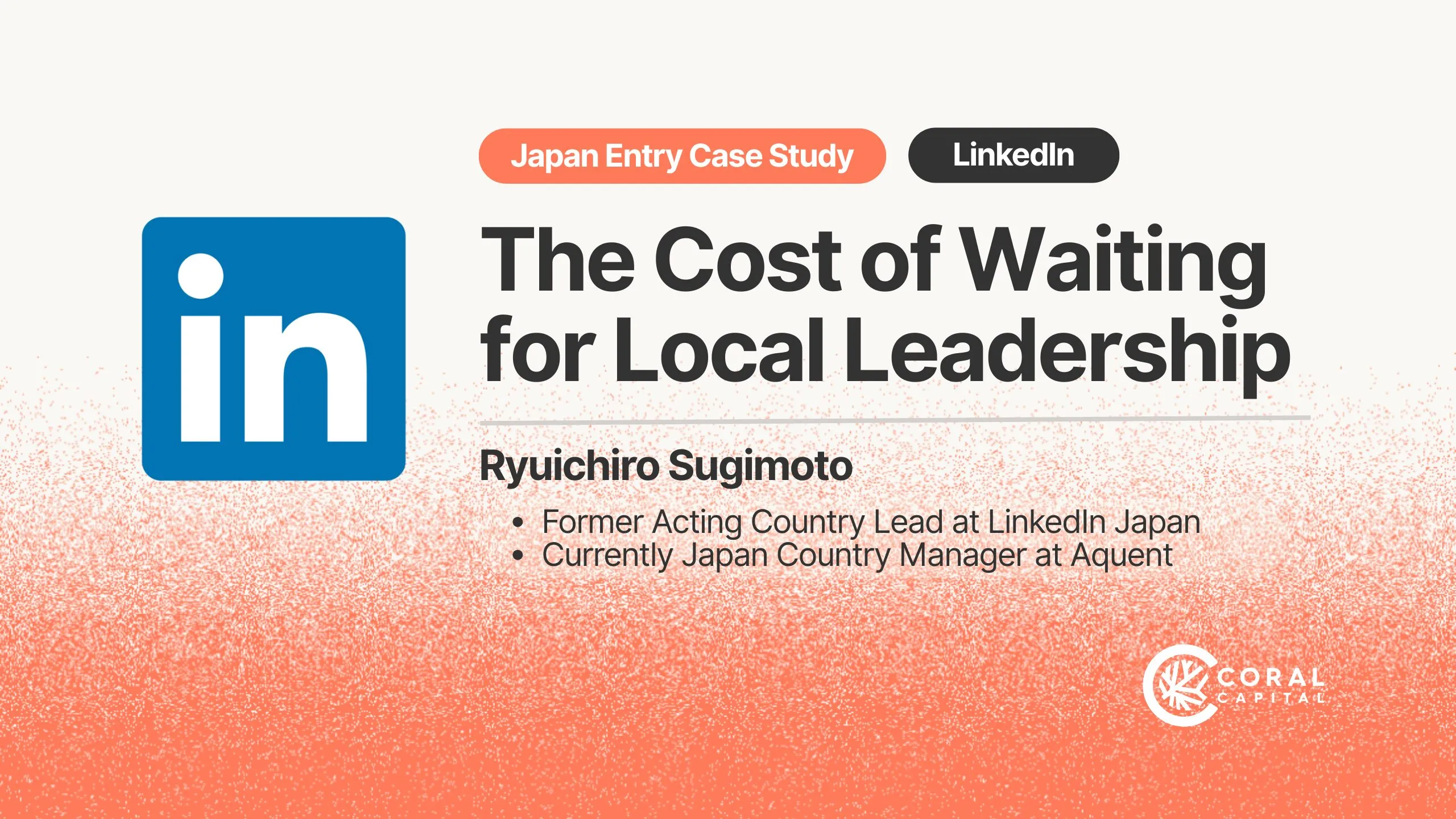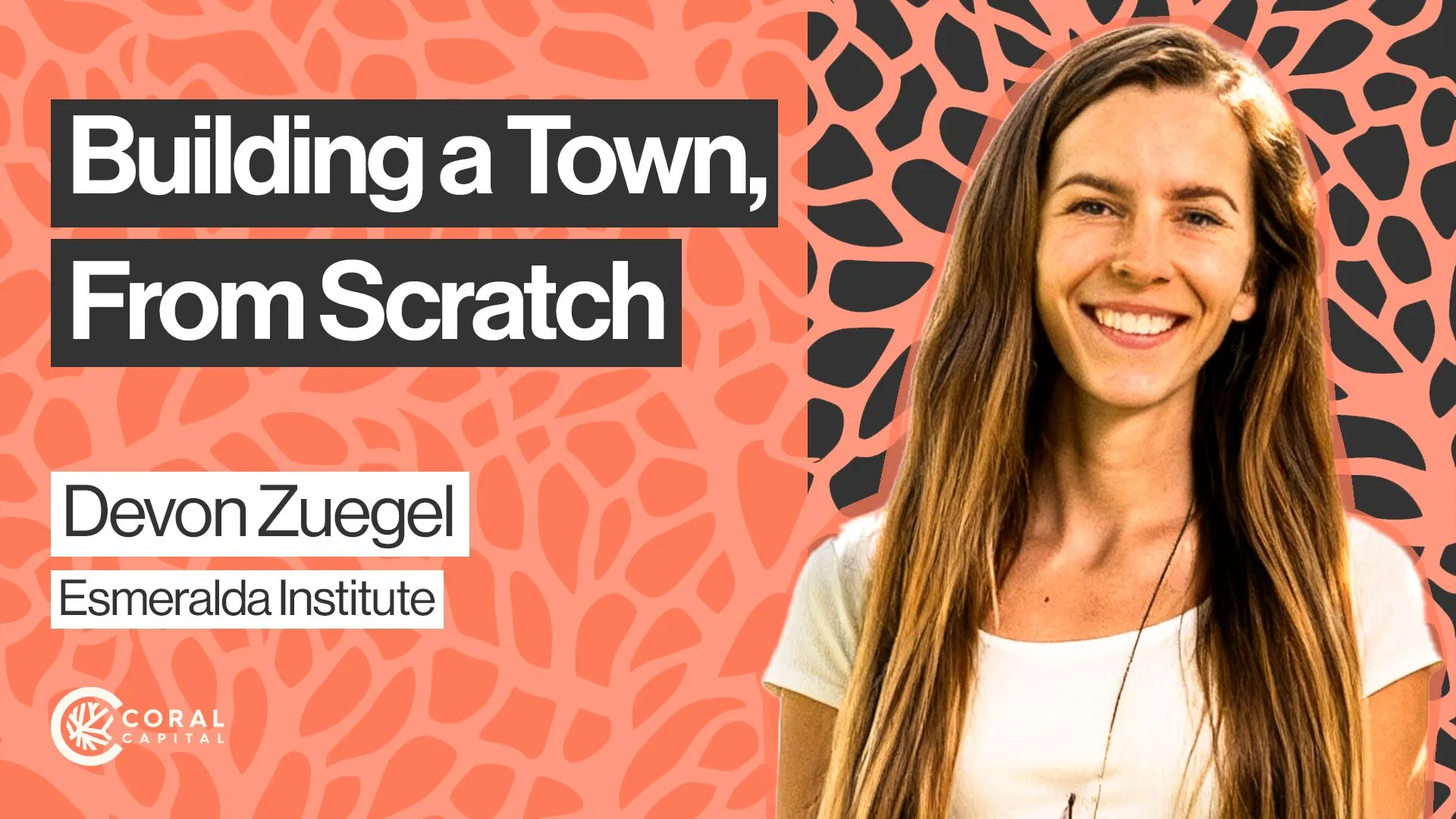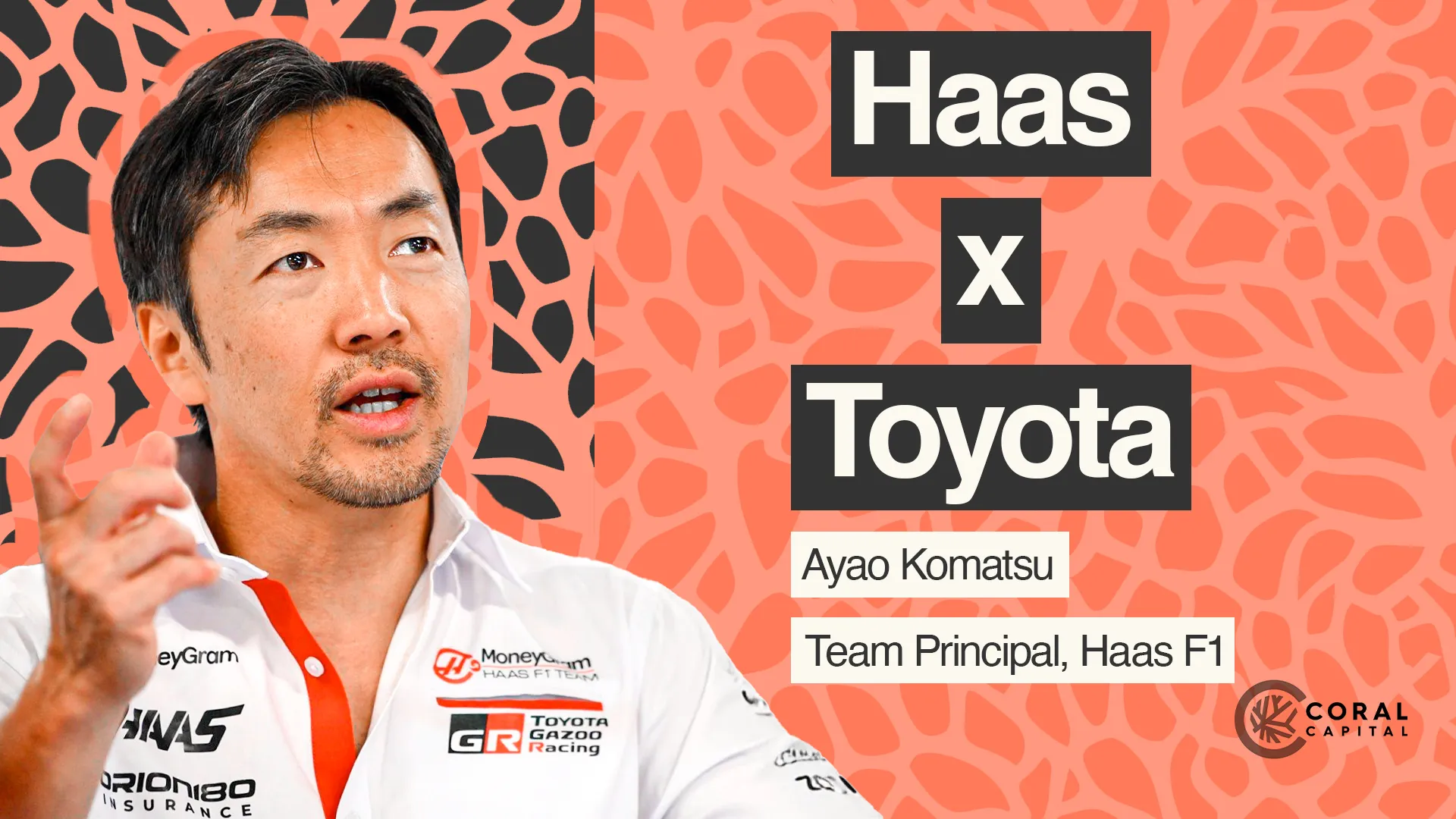Most people think of risk tolerance as a mindset. A choice. A product of education, confidence, or environment. But what if it goes deeper than that? What if some of us are literally wired to take more risk than others?
Science increasingly supports the idea that risk aversion has a genetic component. Studies of twins and genome-wide analyses suggest that genes related to dopamine and serotonin regulation influence how we perceive reward and danger. Risk-taking isn’t purely learned behavior – it’s also inherited.
One of the most studied variants is a 48-base-pair repeat inside the dopamine-4 receptor gene (DRD4). The so-called “7-repeat” (7R) version is associated with novelty-seeking, impulsivity, and higher financial or social risk-taking. Remarkably, its global distribution is lopsided: in the Americas it appears on roughly 48% of chromosomes, whereas in East Asia – including Japan – it shows up in only about 2%.
Why the gap? Evolutionary work shows that the 7R allele tracks human migration distance: populations that travelled the farthest after leaving Africa have the highest 7R frequencies, even after controlling for neutral gene drift. In other words, the gene itself may have hitch-hiked with history’s greatest movers.
Crucially, 7R isn’t just a quirk of population genetics – it shows up disproportionately in people who start companies. A large twin study by Nicolaou et al. found 7R carriers were almost twice as likely to have been self-employed, and a 2021 cross-country dataset showed that national 7R frequency explains around 20% of the variation in early-stage entrepreneurship rates.
The United States is a nation built almost entirely by people who chose to leave everything behind and gamble on a better life. That’s not a trivial decision. The very act of migration is an extreme form of risk-taking: leaving behind family, language, culture, and security for the unknown. Over generations, the U.S. has become a concentrated pool of people selected for their willingness to take risks. Add to that centuries of frontier expansion, entrepreneurial mythology, and individualist culture, and you get a country hardwired, both biologically and culturally, for risk tolerance.
And if you take this logic one step further, it makes sense that the West Coast might be even more risk-tolerant than the country as a whole. Many who landed on the East Coast kept moving west. California became a magnet for prospectors, dreamers, and now, startup founders. The culture of Silicon Valley isn’t an accident. It’s a continuation of a centuries-long migration of risk-takers.
Now contrast this with Japan. For most of its history, especially during the Edo period (1603–1868), Japan was largely closed to the outside world. Migration was rare. The Tokugawa shogunate enforced rigid class structures, discouraged social mobility, and prized harmony and stability over disruption. For over 250 years, Japan filtered out risk-takers. Culturally and perhaps even genetically, this left an imprint. To be clear, that era brought about peace and prosperity—Japan saw economic growth (in terms of GDP) and stability. It’s worth celebrating that. During a time when much of the world was embroiled in numerous wars, Japan managed to maintain a peaceful nation of 30 million people without major conflict. With that said, technological progress stalled as Japan walled itself off. It was only when Japan realized how far behind they had fallen before they were shocked into risk taking and dynamism once again.
At this point, some might object: “But didn’t Japan take enormous risks in the past? What about World War II? What about the asset bubble of the 1980s?”
Fair questions. Japan’s militaristic expansion in the 1930s and 1940s was undeniably risky. But it was driven more by top-down authoritarian decisions to make moves as a group, as opposed to as an individual. It wasn’t entrepreneurial risk; it was nationalistic. The average citizen had little agency in those decisions, and dissent was dangerous. As for the 1980s economic boom, it reflected confidence built on decades of postwar growth as a group. Risk-taking was concentrated in corporate and financial sectors, not dissent as an individual. Things can feel less risky if everyone is doing the same, even if the actual risk is the same or even exacerbated by more and more people taking excessive risk. Once the bubble burst, the backlash reinforced a national instinct to avoid risk.
To this day, Japan has far lower levels of immigration than most developed countries. And the image of Japan as a homogeneous, inward-looking society persists. But here’s where things get interesting: the reality is shifting.
Japan’s foreign resident population hit a record 3.77 million in 2024, up from around 2.1 million just a decade ago. That’s a massive increase, and projections suggest the foreign-born share of the population could rise from around 3% now to over 10% by 2070. And this is only part of the picture. Japan does not track ethnicity or race in its census, only nationality. Once someone naturalizes, they are counted as Japanese, full stop. That means the country’s actual diversity is higher than reported. All the Koreans, Chinese, and Southeast Asians who have naturalized are no longer tracked as part of Japan’s foreign population so the country’s true diversity is hidden in plain sight. Softbank’s Masayoshi Son, perhaps the greatest risk taker of them all, is a Korean-Japanese.
If the U.S. feels genetically primed for risk, it’s also institutionally fertilised for it: immigrants already launch about 31% of new businesses, and more than half of American unicorns have at least one immigrant founder. Every immigrant wave to Japan could create a trickle of “risk‑tolerance DNA” to seep into the archipelago; if immigration keeps rising, that genetic trickle could, over decades, cause noticeable change.
This opens up a fascinating possibility: could immigration slowly shift Japan’s collective appetite for risk? Could it lead to greater dynamism, more entrepreneurship, and a culture that embraces uncertainty rather than avoids it?
It’s plausible. If immigrants are self-selected for risk tolerance, and if that trait is even partly heritable, then immigration could gradually recalibrate Japan’s national DNA, just as it did in the U.S. It won’t happen overnight, and cultural inertia is real, but Japan is no longer as closed as many assume.
Of course, increased dynamism can also bring instability. Japan’s social cohesion and low crime rates are partially due to its homogeneity and group-oriented culture. The Edo period arguably proves that. The challenge will be balancing innovation with harmony, disruption with order.
But make no mistake: immigration isn’t just an economic lever. It might be a psychological one, too. And over time, it could change the way Japan thinks about risk, opportunity, and the future itself.
As Japan stares down demographic decline and labor shortages, the infusion of new DNA might lead to drastic changes over the coming decades.






